Have you ever noticed your succulents dying after they bloom? This is a common occurrence with monocarpic succulents. They have a life cycle consisting of periods of growth and dormancy, which can be triggered by a number of factors including their environment, the time of the year, as well as genetics.
What are Monocarpic Succulents?
What does monocarpic mean?
Monocarpic means that they flower once and then they die. This is a natural strategy monocarpic succulents use to create progeny. Monocarpic succulents die because flowering consumes all their energy. Many plants in different families are monocarpic, including succulents.
‘Mono’ means once and ‘caprice’ means fruit. Monocarpic means single fruiting. Once the single flower has come, then fruit is set and the parent plant dies. However, this type of succulent may also produce offsets, often called pups. These types of succulents do not need to rely upon seed, they can reproduce by buds or offsets.
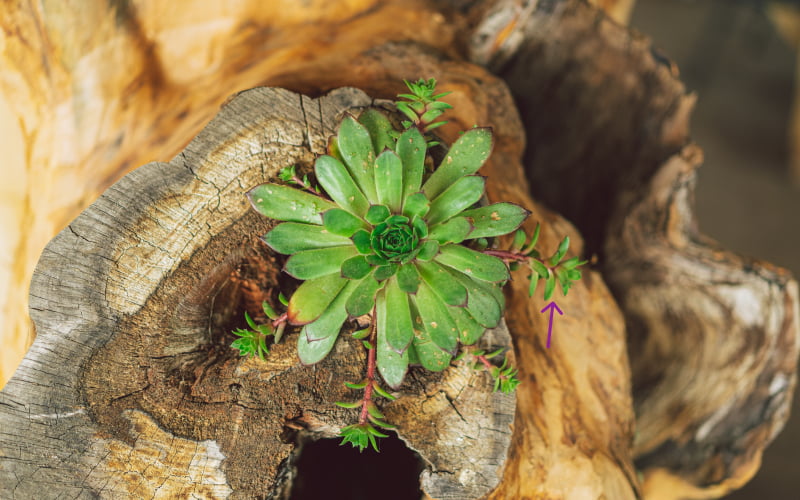
How long do monocarpic succulents live?
There are many succulent plants that live for years before they bloom in their ‘death blooms’. The good news is that they often produce offsets you can propagate when they are flowering.
Types of Monocarpic Succulents
Monocarpic succulents include Agave, Sempervivums, and Kalanchoe. Sempervivums are monocarpic in all varieties, whereas Kalanchoes and Agaves vary in their monocarpic nature. There are also some monocarpic species of Aeonium and a few varieties of Yucca.
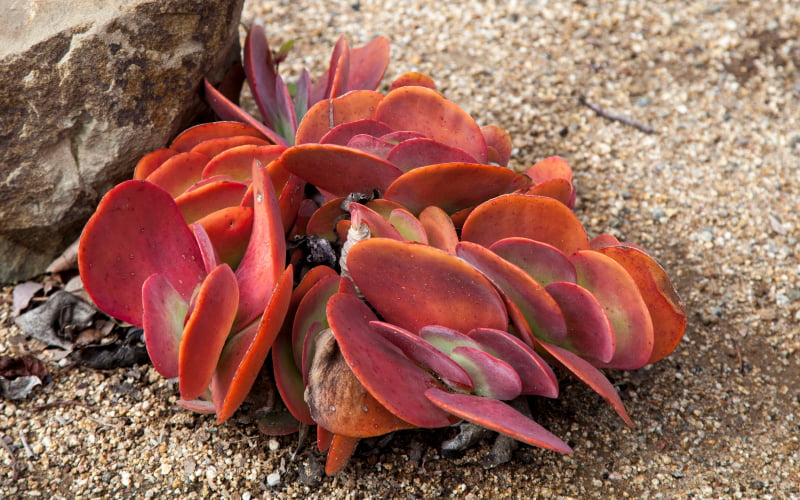
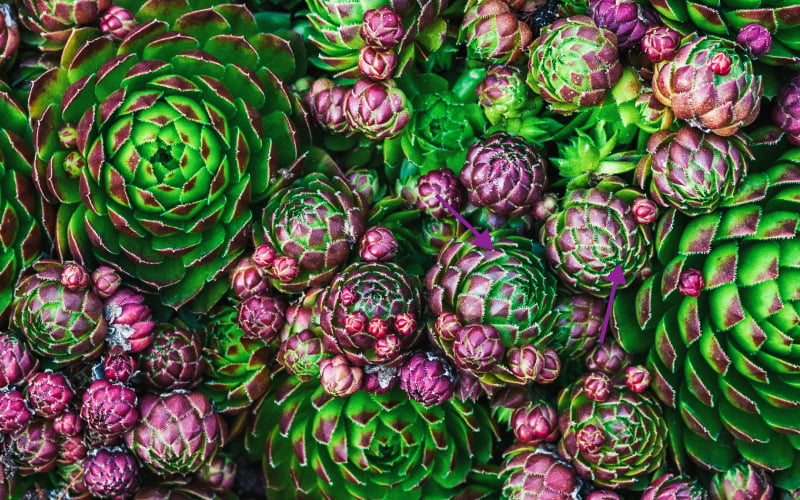
If you want to determine whether or not your succulent is monocarpic, you will have to identify the type of succulent you have. Use our succulent type index to identify your succulent.
Can you stop your monocarpic succulents from dying?
Most succulent lovers have not had high success of stopping them from dying, despite some gardeners’ successes. It may be possible to prevent your succulent from dying if you prevent stress, since this may cause it to bloom early or if you catch and cut the flower stalk in time. A clean cut is necessary to remove the flower stalk, but this does not guarantee that your succulent will not die.
What Should You Do After the Monocarpic Bloom?
If you don’t like the idea of cutting off the flower stalks, there are other ways to help your death bloom succulents survive longer. It is popular to harvest the baby plants and continue the succulent’s life cycle that way. Alternatively, you can save the seeds to grow a separate succulent. It is important to provide the plant with the usual care when it is in bloom so that it can remain healthy and stress-free. As soon as the parent plant becomes brittle and completely dry, you can harvest the seeds and offsets. Simply separate them from the mother plant and place the offset in the soil.
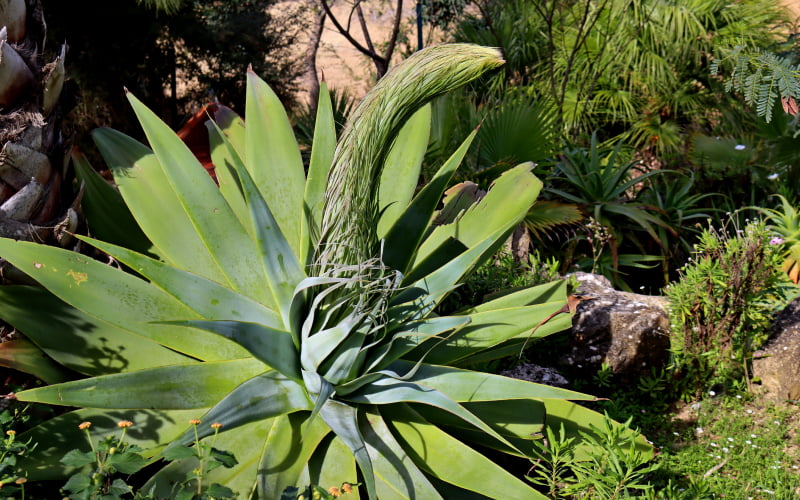
A death bloom in succulents is a natural occurrence that signals a plant is about to die after flowering once. The name “death blossom” is a little morbid, so don’t despair if you see it. It is a natural part of the life cycle of monocarpic succulent plants. They don’t always survive a death bloom, but your efforts will be rewarded with beautiful offsets.
Similar Topics in: Succulent Care, Succulents
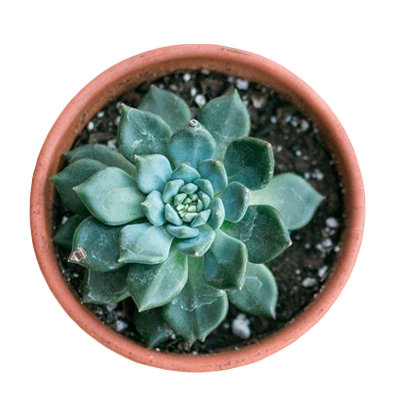
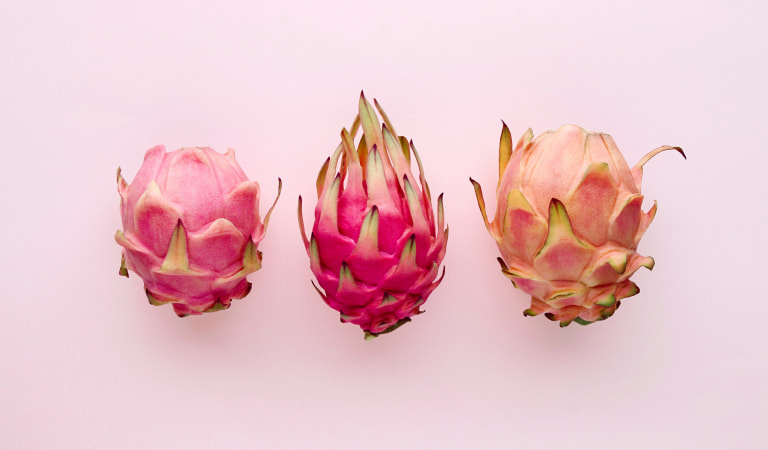
Leave a Reply